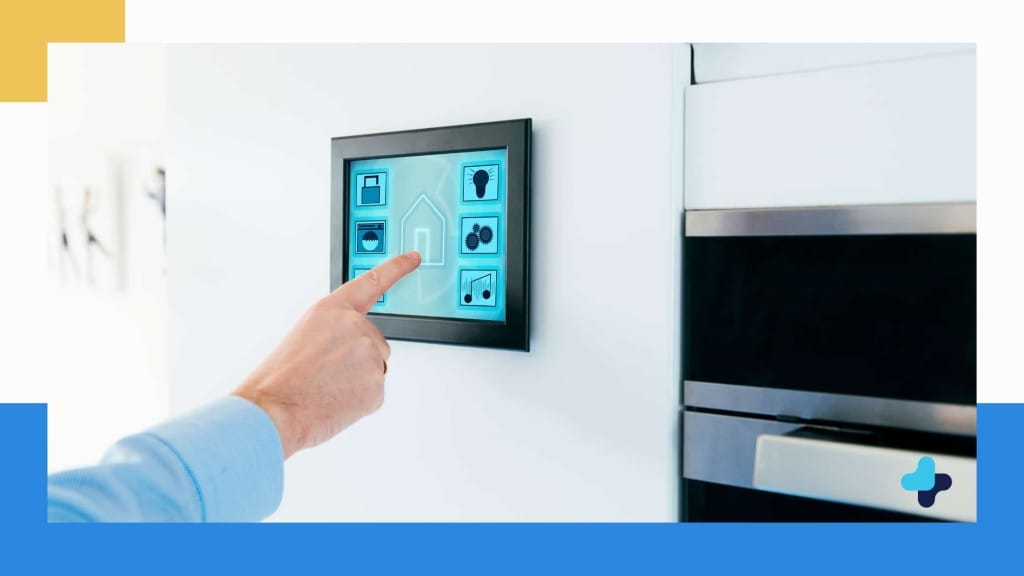Turning your home smart does not require anything more than connecting it to the internet. That is it. If you connect a device to the internet, it becomes a smart home device. So turning your home into a trendy smart home is all about converting your non-smart (dumb would not be politically correct ???? appliances into smarter ones. This is indeed a lot cheaper than buying new devices. Of course, if you have a malfunctioning fridge, and you want to buy a new one, get the smart version if you have the money. But, in the near future, every home appliance will have the Internet connectivity option, so you will not have to make a choice. You cannot find those CRT TVs anymore, can you?
However, until that day comes, you are forced to buy some additional, third-party smart technology gadgets, which will help you smarten up some of your existing appliances into smart devices. It will cost you, sure, but not as much as you might think.
Where to Start with Smart Devices?
To make a smart home, first, you have to figure out your budget and pick the priorities. The budget will tell you a lot, and will undoubtedly make your choices easier-cross out the things you cannot afford. But, that does not mean you should go for the cheapest options, more money usually brings better quality products. The good thing about this whole process is that you can take it one step at a time, appliance by appliance, room by room.
Once you have decided which room you want to make smart first (we advise the living room or the kitchen), you should look for the appropriate smart home gadgets that will allow you to turn your ideas into reality.
Smart Hub
To make things ultra comfortable, and super smart, you should invest in a smart home hub. Sure, most gadgets have their own mobile device apps, but it is a bit complicated to switch between them, and you need to have your smartphone nearby. Hubs (like Alexa and Google Home) allow you to control your smart home system with voice command, simplifying the whole process. It takes a while to set everything up, but once you do it, you will reach an unmatched level of convenience. “Alexa lights on!” is much easier than finding your smartphone and finding the app you want.
Still, if getting a hub is not an option for you, try to get gadgets that are Alexa or Google Assistant compatible, so you can control smart devices remotely via your phone.
Smart Plug
Getting smart plug and sockets is the easiest and the cheapest way to make any appliance smart. Smart plug allows you to turn your ‘now’ smart devices on or off remotely. Besides the basic voice control, this has some other benefits too, as it can save you a lot of money on your bills. You can also set timers for your appliances, and monitor their energy consumption. We will now give you a few options for consideration.
Minoston Mini Smart Plug
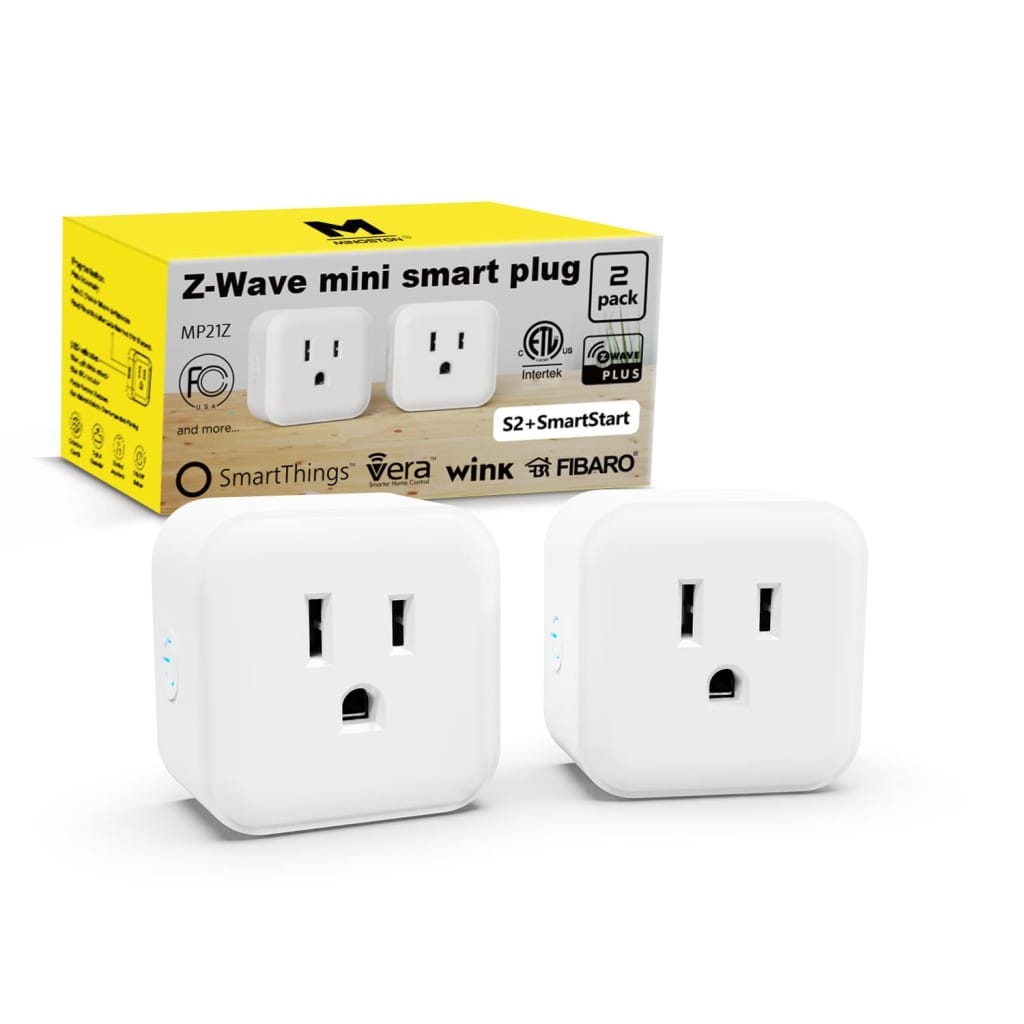
These smart plug by Minoston are a perfect option for you if you are looking for something convenient that does the job. These plugs are extra small, and will barely stick out of the power socket.
These plugs will allow you to remotely control the connected appliances like smart speaker, smart tv even smart doorbell. This will reduce your bills and also prevent overcharging. They are Alexa/Google Assistance compatible, allowing you to use voice control.
LE Mini Smart Plug
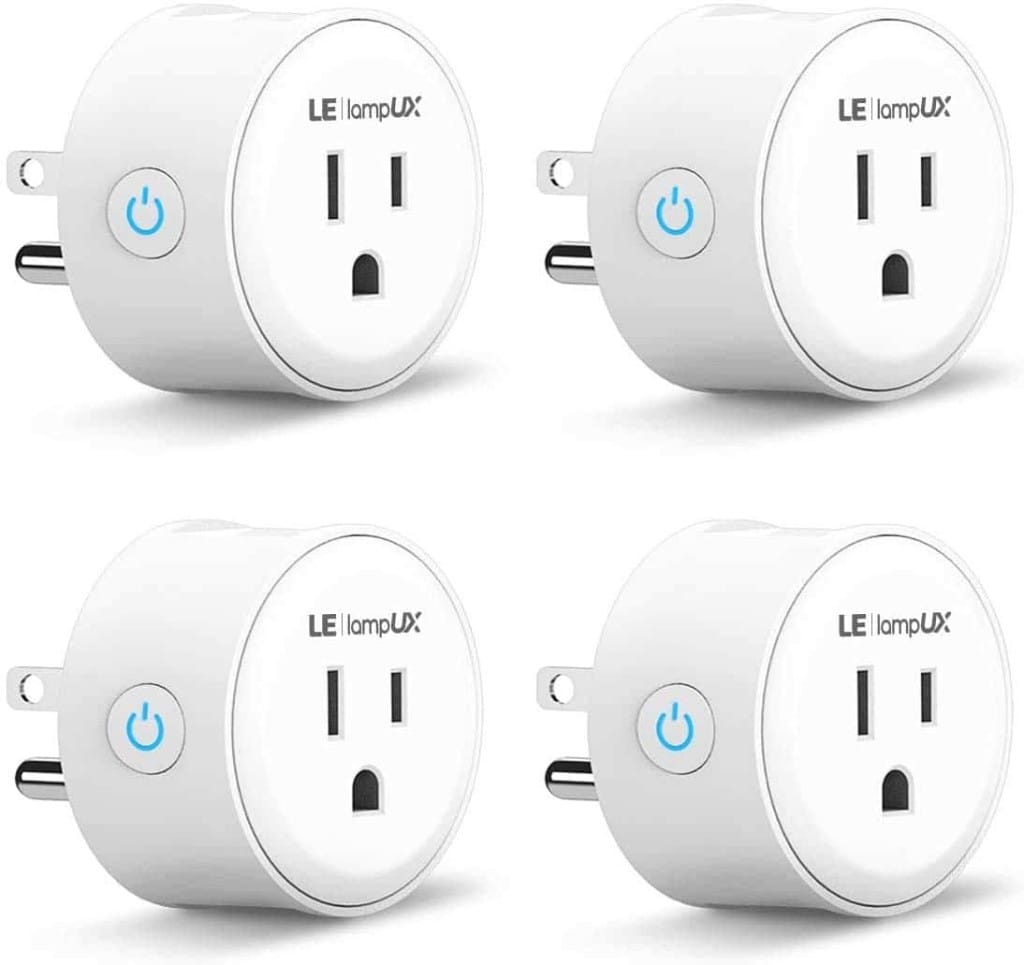
Another smart home technology is mini plug by LE is also compatible with Alexa/Google Home, allowing you to remotely control the smart appliances you connect to it, by voice command. It works over WiFi, but only supports 2.4 GHz connection, 5 GHz is not supported. You can schedule timers, to automatically turn your devices on or off, at given time.
The Android/iOS app allows you to group devices, so you do not have to turn them on/off one at a time. This will save you money on unnecessary standby consumption.
It is effortless to set up the connectivity, and everything will be done in under 20 minutes.
KASA Smart Plug Mini
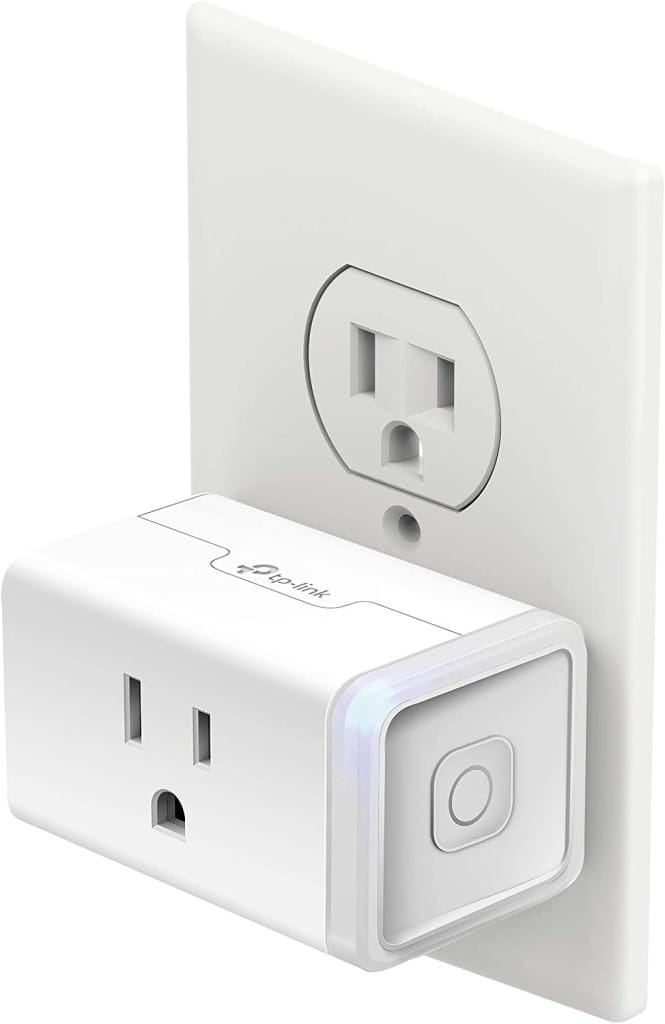
A great smart home product is the Kasa smart plug mini . This one will also allow you to control your home with voice assistant (Alexa/GoogleHome), app and even IFTTT. It is very easy to install and use, and will be ready within minutes.
This smart appliance is simple to use and has all the necessary features, like timers, which will allow you to make an energy-efficient schedule for your appliances, or to brew your coffee even before you enter the house simply.
KASA Smart Power Strip
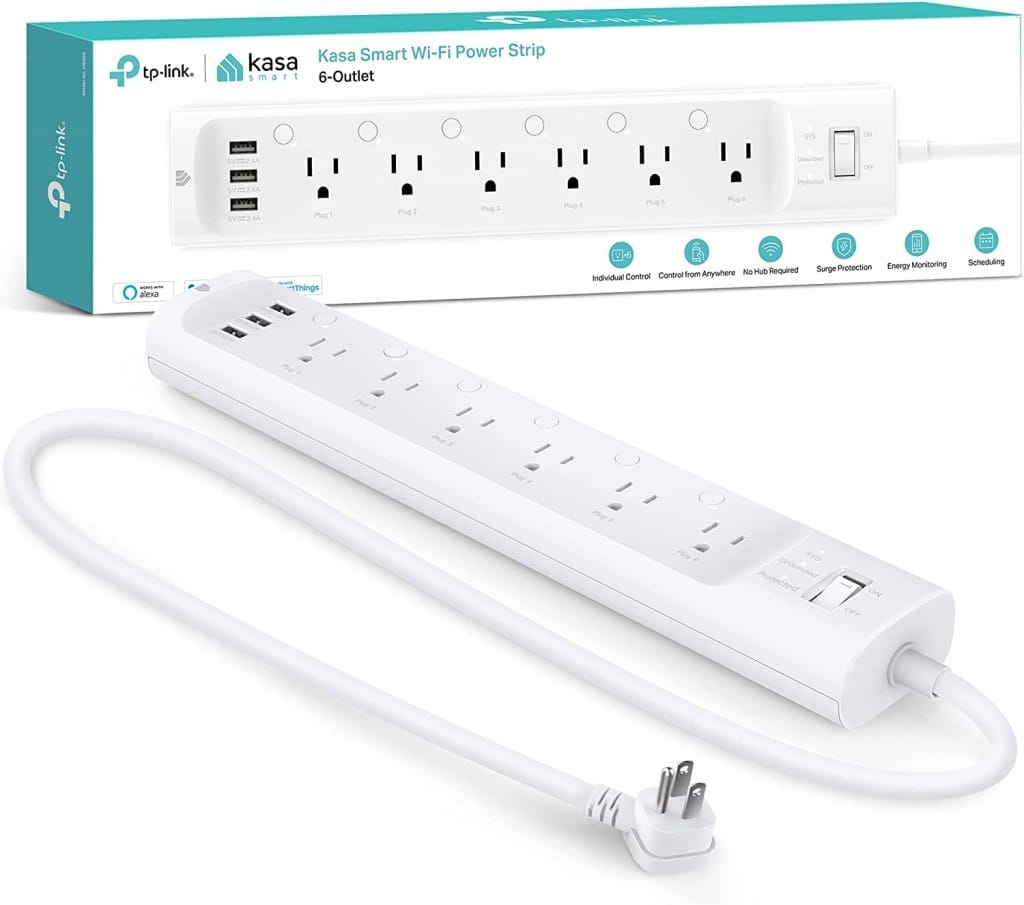
If one smart plug per socket does not work for you, you will like KASA Smart Power strip . It has 6 AC outlets, and three additional USB ports, making it an excellent smart tech option for remotely controlling multiple appliances at the same time. It supports Amazon Alexa and Echo Dot that allow voice control. Each of the six outlets can be controlled individually, but all four USB ports are managed as one unit. It only supports 2.4 GHz Internet connection.
A good thing about this socket is built in leakage and overload protection, and surge protection that will prevent any damage to your connected appliances if the power suddenly jumps. The app also supports scheduling, allowing you to set timers for individual apparatuses, preventing overcharge and protecting your devices.
Smart Lights
In the world of smart lights technology, one name towers the competition- Philips Hue. This smart bulb is by far the best system available, and so far ahead that it basically has no match, at least, not worth mentioning.
Philips Hue Smart Button Starter Kit
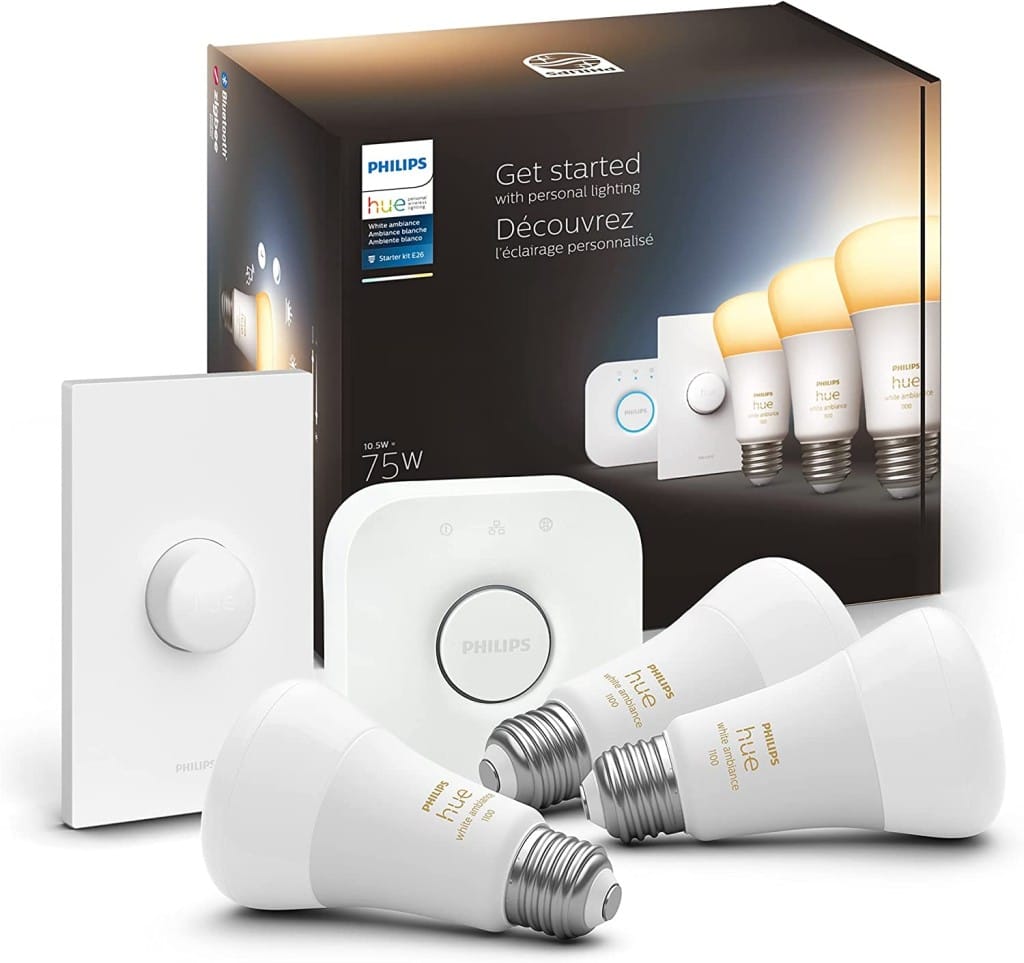
The hearth of every Philips Hue system is the bridge – it lets you connect it to your Amazon Alexa hub and control your home smart lighting by voice commands. You can add up to 50 (!) Philips Hue bulbs on one system, allowing you to control your whole home lighting from your smartphone or tablet using iOS or Android apps. One bridge is compatible with all models of Hue bulbs.
This bridge has the same purpose the CPU has inside your PC- it is the brains behind the whole operation. Apps are excellent, and let you set up timers, notifications, alarms and similar features, allowing you to maximise the usability of your Hue system. It is also compatible with Siri.
This bridge comes with button and some smart bulbs to get you started all in one go!
Philips Hue White Smart Bulbs
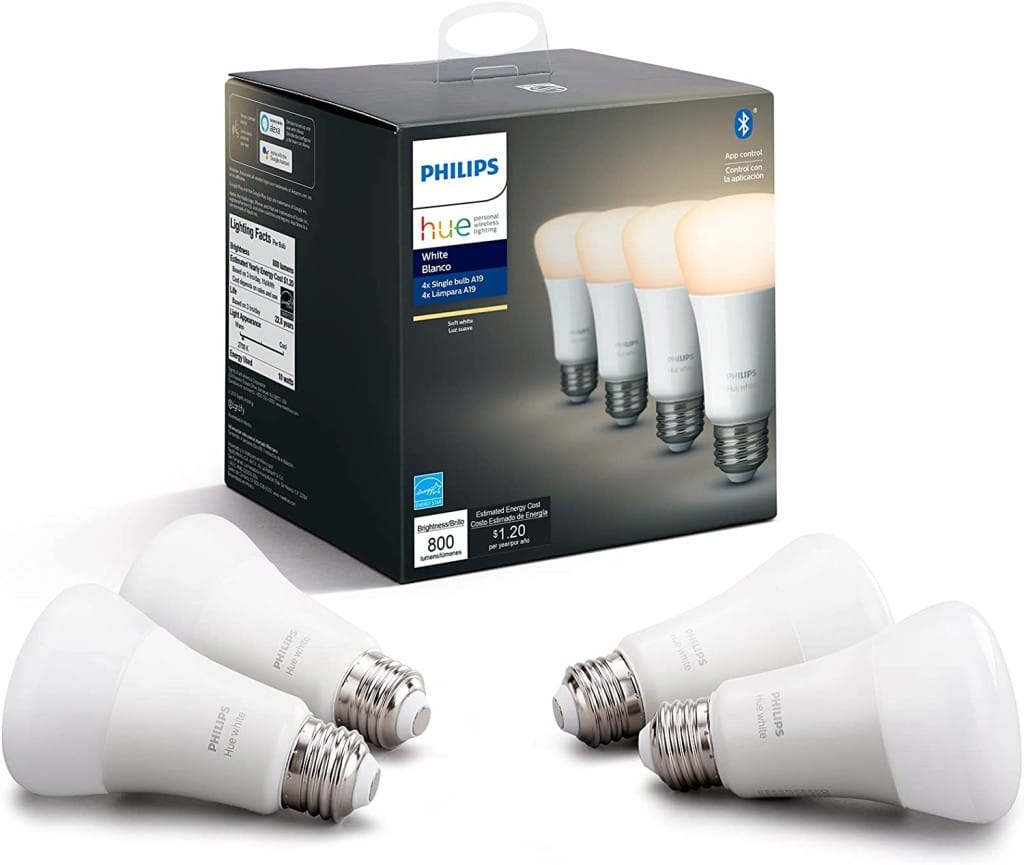
Once you get your Hue bridge, it is time to get some Philips Smart bulbs.
You should start with some Hue Whites. These bulbs will fit into your existing sockets, and can be controlled through your bridge, allowing remote dimming.
You can also automate the lights (good for security, when you are not home), or set up timers to make energy savings. Of course, through Alexa device, voice control is also an option, and you can turn the lights on or off, or dim them, using just your voice.
Plus yes, dimming is enabled, no need to call an electrician, so you can fine-tune the intensity of your light just right.
Smart Thermostat
Smart thermostat got famous pretty quick and it’s no wonder because they are quite useful in a smart home system.
Nest Thermostat
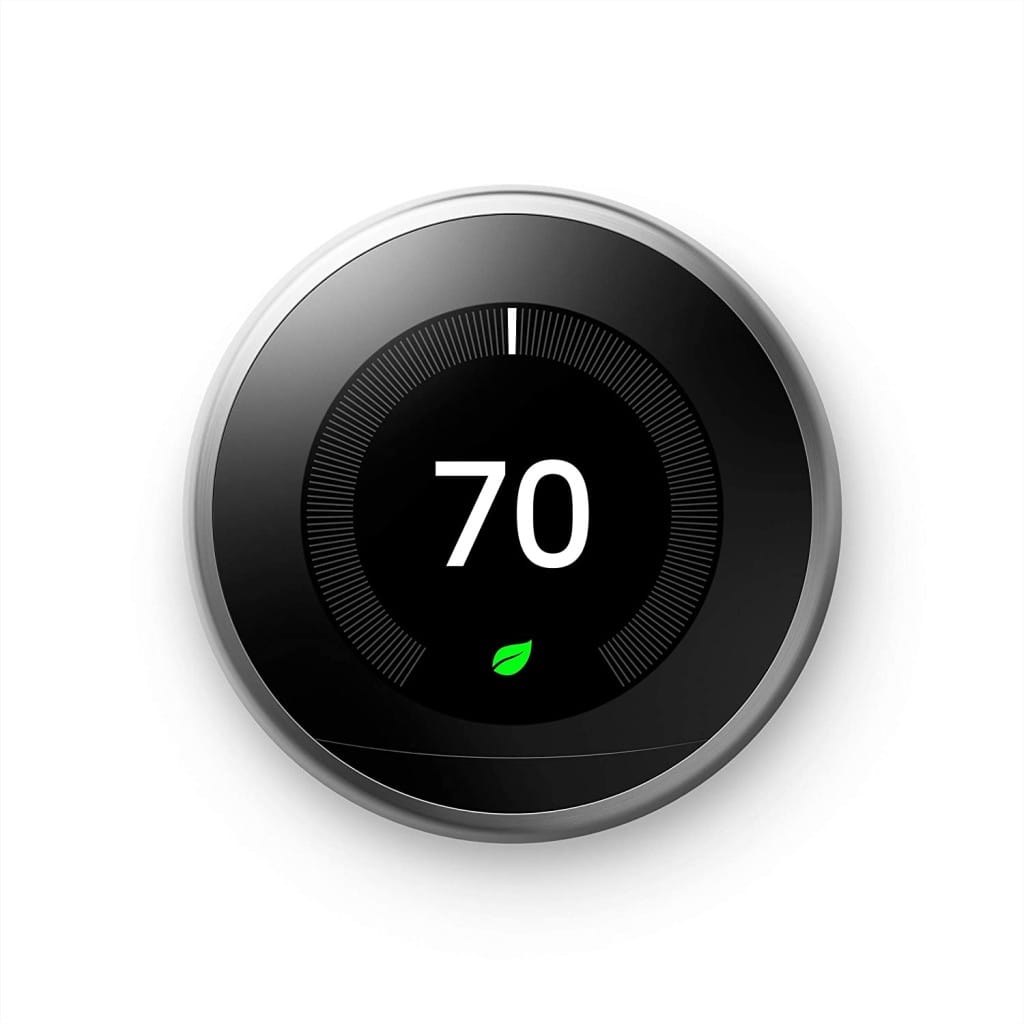
Nest Thermostat is by far the most reliable where home automation is concerned.
The thermostat can memorise your favourite temperature settings and adjusts it accordingly. Its WiFi enabled so you can monitor and regulate it from your mobile device. The smart display is easy to read and with ENERGY-STAR rating, it can save your billing expenses in just two years.
Smart Device Products & Kits
To keep things simple, we have presented you several smart products such as Philips Hue bridge, and simple white bulbs; Philip Hue White.
Naturally, there are many other options such as colour changing bulbs, or even some fancy smart lighting strips, but we leave the exploration to you.
However, if you are new in the Philips Hue world, we recommend you get a starter kit- they contain several bulbs (depending on your choice) and a bridge. This will save you a hefty amount, and let’s face it, you will want more than one automated bulb. Check these starter kits- one for the UK (240 V) , and one for the USA (110V)
That is it; we hope that you now have a better understanding what it takes to make your home “smart”. All it takes is a few smart devices like plugs, hubs and lights, and you are good to go.
Your Smart home will be not only be cool (and let’s face it, this is important, and the number one reason why you want to turn your home smart), but also functional, as it saves you time and (electric) energy. Overall, an excellent investment.

